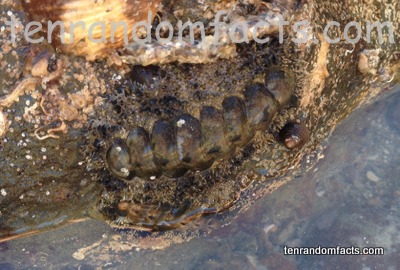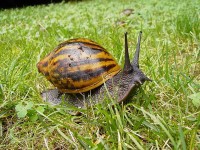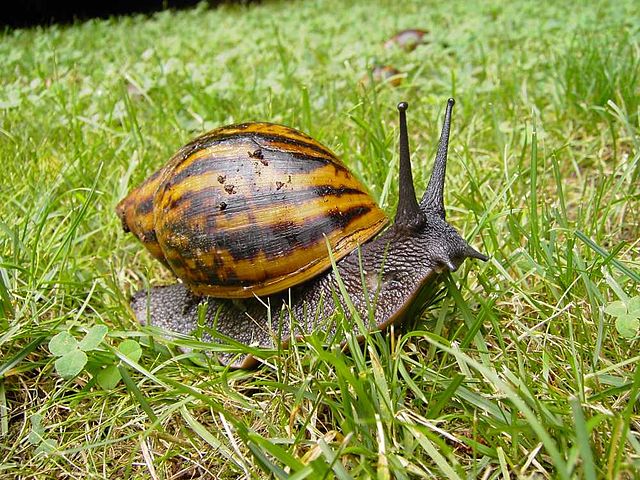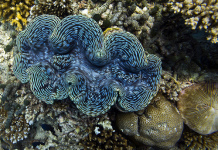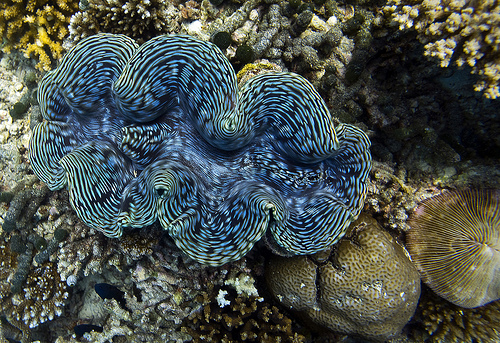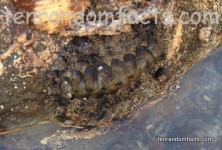
You have to do some searching for chitons if you are to find one.
- Chitons are a type of mollusc that are found primarily on rocks in a marine environment, next to, or in the ocean.
- The scientific name of a chiton is Polyplacophora, being the class it belongs to, although it has previously been known as Amphineura.
- ‘Chitons’ are also known as ‘polyplacophorans’, ‘sea cradles’, ‘coat-of-mail shells’ and ‘loricates’.
- The rough ellipse shape of a chiton is covered by a shell that is divided into eight plates, that is surrounded by what is known as a ‘girdle’, that is flexible and may or may not contain spikey protrusions or scales.
- Generally chitons can navigate from one place to another and back to the same spot again with ease, and perhaps use the Earth’s magnetic field or secreted chemicals to find their way.
- Chitons have a muscle, referred to as a ‘foot’, on the underside of its shell, which is used to move the mollusc along surfaces.
- The diet of chitons consists primarily of algae, phytoplankton, marine moss animals, and bacteria, although some species eat small crustaceans.
- The word ‘chiton’ comes from the term khitōn, a Greek word that means ‘mail coat’, ‘frock’, or ‘tunic’.
- Chitons have the ability to firmly attach themselves to surfaces with their ‘foot’, making them almost immovable.
- The mouth of chitons is located on the underside of its body, while microscopic optical or light sensors are thought to be located in the shell.
Bibliography:
Chiton, 2015, Wikipedia, https://en.wikipedia.org/wiki/Chiton
Davy K, Chitons, 2010, MESA, http://www.mesa.edu.au/friends/seashores/chitons.html
Nordsieck R, Chitons (Placophora), n.d, The Living Word of Molluscs, http://www.molluscs.at/polyplacophora/index.html?/polyplacophora/main.html






